Today was the last time that I will be able to go out in the field to collect samples and I couldn't ask for a better way to end the season. Andy Thompson, Ashley Shaw, and I went to Virginia Valley, Wall Valley, and Wright Valley. Virginia Valley and Wall Valley were named in honor of Ross Virginia and Diana Wall (please see the 20 January 2017 post for more about Ross and Diana). This trip involved multiple stops, so we had close support. Close support meant our helicopter pilot, Harlan Blake, stayed with us all day.
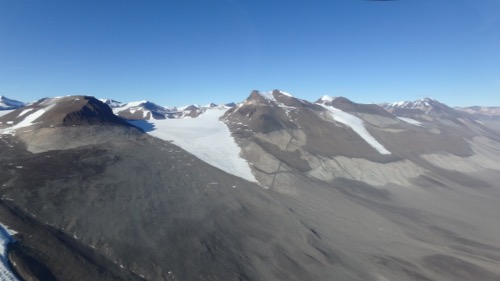
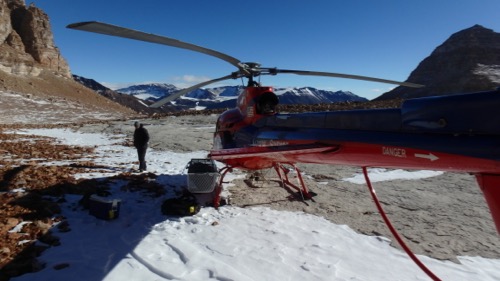
We collected samples today for Andy's and Ashley's PhD dissertations. Andy is looking at the Protists that are in the soil. Protists are single-celled eukaryotic organisms. Eukaryotes are all of the living things with complex cells including protists, plants, animals, and fungi. Andy wants to explore the diversity of these protists and find out what roles they play in the food web. He is also interested in exploring the environmental limits for eukaryotic life.
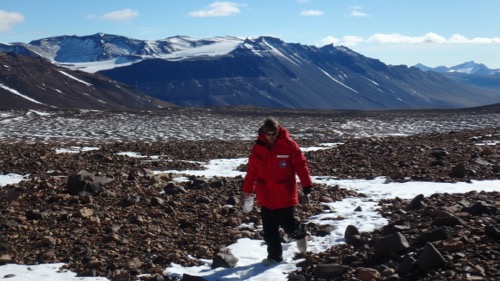
Ashley is also looking at food webs. Her research is focused on the energy sources of the food web (what is the source of the carbon molecules?). She is sampling in a wide variety of locations to learn how food webs are affected by microhabitats (e.g. differences in moisture, nutrient availability and salt concentrations). Some of her samples come from areas where there are cryptoendoliths in the sandstone. Cryptoendoliths are cyanobacteria and fungi that actually live inside the matrix of the rocks. She wants to know if this could be a significant source of carbon for these food webs.
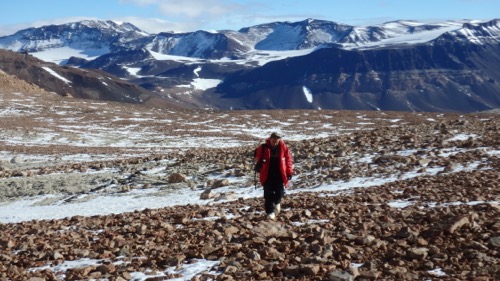
It is hard to describe the beauty of the Dry Valleys. The photographs do a good job showing portions of the landscapes but they don't quite capture the immensity of it all. I felt overwhelmed today as I tried to take it all in. It is an amazing place to work and I am extremely grateful I have been able to experience it.
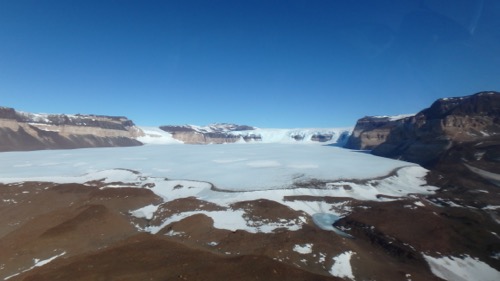



Comments